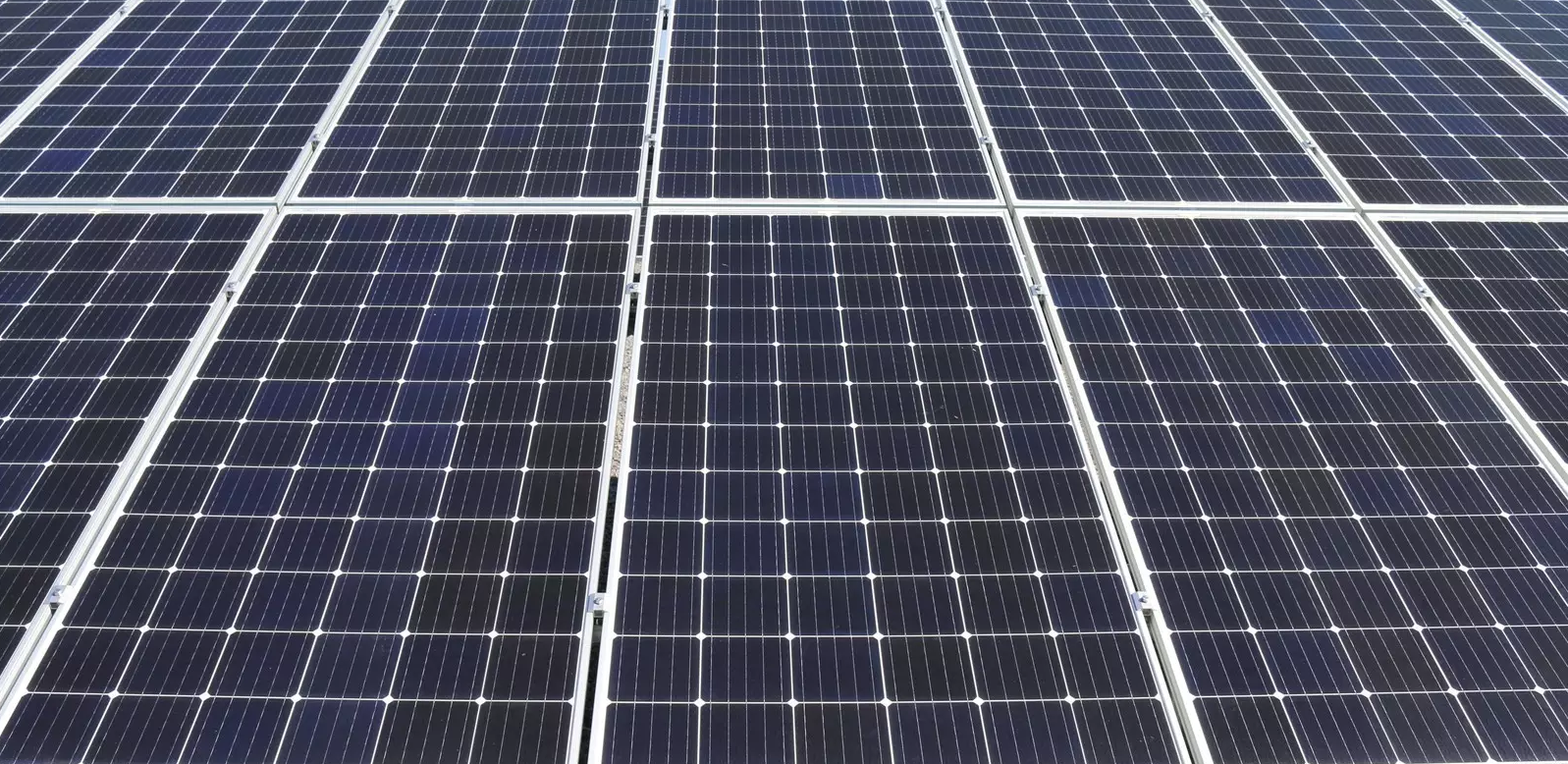Time for an Update: Why the Philippine Electrical Code Needs to Align with the Latest NEC Edition
Executive Summary The Philippine Electrical Code Part 1 – 2017 (PEC1:2017) has served as the national standard for electrical installations for nearly a decade. Modeled after the U.S. National Electrical …



